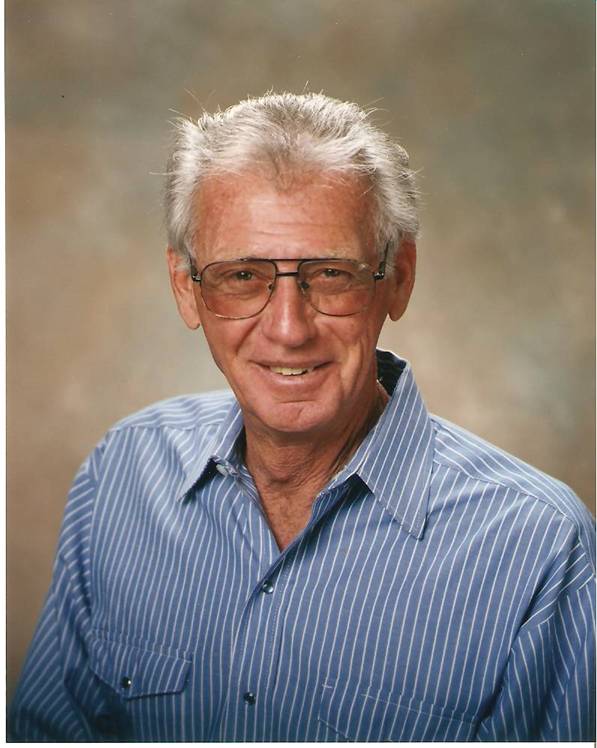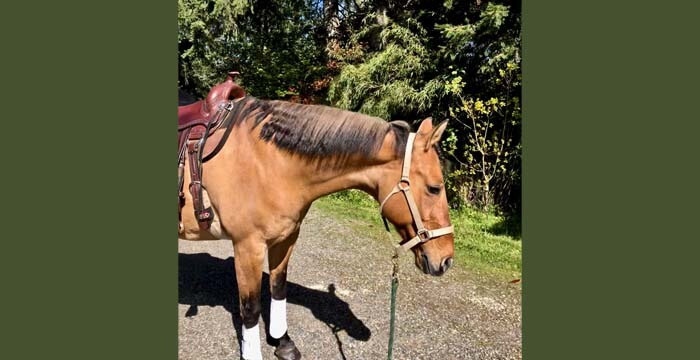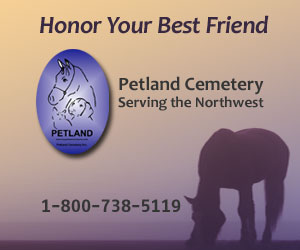In this day and age of instant everything, waiting can be hard to do, especially when you’re training a young horse (or an older horse for that matter). It’s easy to get excited; everything is now or soon. There are show classes for weanlings and yearlings, two-year-old futurities, and derbies for three-year-olds. And time flies when you’re having fun. So, I’m not saying wait to get started…I don’t think you can start too soon. But wait!
There are six elements to horse training: communication, the initiation of action, compliance, impulsion, suppleness and collection. There’s one super ingredient that applies to all and makes training better: wait!
It took me years (and years) to figure it out. Great trainers have given me lots of help, advice and secrets, but never “wait.” They might not have recognized it themselves, even though most of them practiced it.
Some say, “It takes as long as it takes.” But that’s not quite the same as “wait”.
One of the best show-horse trainers (multiple world championships) I ever watched and tried to learn from would ask a horse for a simple exercise, then stop the horse and wait. He’d light a cigarette and just wait. He didn’t say he was waiting, he just did it.
Training racehorses is a little different than training show or pleasure horses. The mindset is fast, not wait. But racehorse trainers will often give you this advice: if you don’t wait on a horse, he’ll make you wait. What they mean is, a horse will find a way to get hurt, sore, or mentally uptight if you don’t give him time to learn.
When training, make sure the training and conditioning is slow and easy; the horses will have good minds and sound bodies.
One very successful trainer gave me this advice: when you’re trying to teach a horse something, never get him hot—mind or body. (In hot weather, how do you not get them hot? You do a lot of waiting.) He never really told me to wait, but that was the essence of his advice.
So how do you wait? Walk slowly, stop and rest, move slowly, speak in soft tones. Horses have excellent hearing; you don’t have to make an effort to be heard. Speak softly and it starts the process of waiting.
Don’t hurry through the grooming process; take your time, allowing your horse to enjoy the light massage, caresses, and pats. Tack up slowly; remember that “less is more” and “slow is fast.” You’re not really going anywhere…it’s just a training session and time for enjoyment. If you slow down, your horse won’t be anxious.
Allow your horse to “mosey along.” For years I wanted my horses to walk out; (come on Paint, let’s get where we ain’t). I couldn’t wait, even though we had no destination. All I really accomplished was to rev up my horse’s mind.
Begin teaching… but wait. Teach in small amounts, for example, two half-pass steps to the left is a good try. Now wait and provide praise. Your horse will probably want to take a step forward; it’s the nature of horses to be on the move. Wait. Make him wait some more. Now ask for a smooth, quiet, transition to something he knows—the walk, jog or lope. Only travel 20 to 30 yards, then stop and wait. Make all your teaching simple.
The correct responses should be both easy and comfortable for the horse. Incorrect responses should result in discomfort and hard work, followed by a period of waiting.
Practice waiting. It’s going to take a couple of weeks to see great results, but I promise, you’ll be amazed. Wait and see!
Visit www.equinestudiesinstitute.org to earn certification as a horse trainer, riding instructor or stable manager, All courses online.

Don Blazer developed and taught the course The Business of Making Money With Horses for www.horsecoursesonline.com, the worldwide leader in online equine curriculum. Also the author of the syndicated columns “A Horse, of Course” and ”Making Money with Horses”, Don lost his battle with lung cancer on April 7, 2014. However, the horse community is grateful that his wisdom lives on through the wealth of books and articles he wrote over the years.






